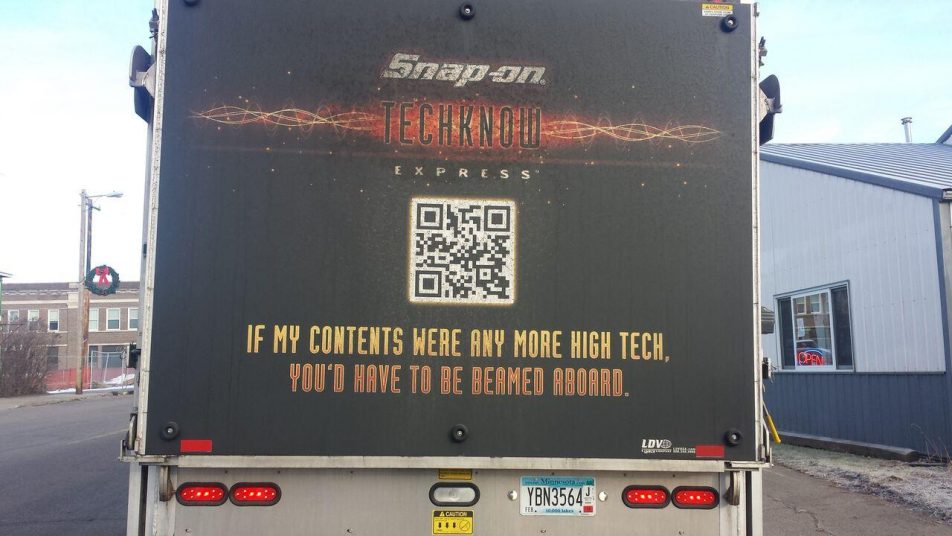Henry Ford cautioned:
“If you always do what you’ve always done,
you’ll always get what you’ve always got.”
Growing up, I would beg to go with my Dad to get his car serviced. The waiting room in the mechanic’s garage was a lively place, full of local citizens drinking coffee, smoking cigarettes and exchanging gossip. There were signs touting the gasoline the station sold. Also always prominent were the Snap-on Tool calendars adorned with scantily clad young women holding a wrench or bending over a car.
Snap-on Wrench Company started in 1920. The company manufactured and marketed ten sockets that would “snap on” to five interchangeable handles. The concept revolutionized the tool industry. In the 1930’s, Snap-on continued its innovative leadership by taking tools directly to customers at their businesses. It became the cornerstone of their success. They viewed themselves a primarily a tool company selling through vans to vehicle repair technicians. They did it well and continue to do it today.
Wisely, Snap-on has evolved through the years.
Like many other companies, Snap-on has broadened its’ value proposition; today Snap-on “supports serious professionals in critical industries – inside and outside vehicle repair – by delivering a broad array of productivity solutions that make work easier, including tools, equipment, diagnostics, repair information and systems solutions.”
The picture above is the back of a Snap-on truck parked in front of a commercial garage in Ogilvie. It says:
Snap-on
TECHKNOW
Express
If my contents were any more high tech,
You’d have to be beamed aboard.
Snap-on continues to be successful, but looks very different today than it did nearly a hundred years ago,
Have you evaluated the markets you serve and the problems you solve? How much have they changed in the last five years? How much will they change in the next five years? How have you responded to your markets? What new media and technology are you utilizing now? How are you preparing for future changes? One thing we know for sure, the only constant is change.
What future technologies could disrupt your industry? Could one of these top 10 future technologies change your world? Click here and find out.

